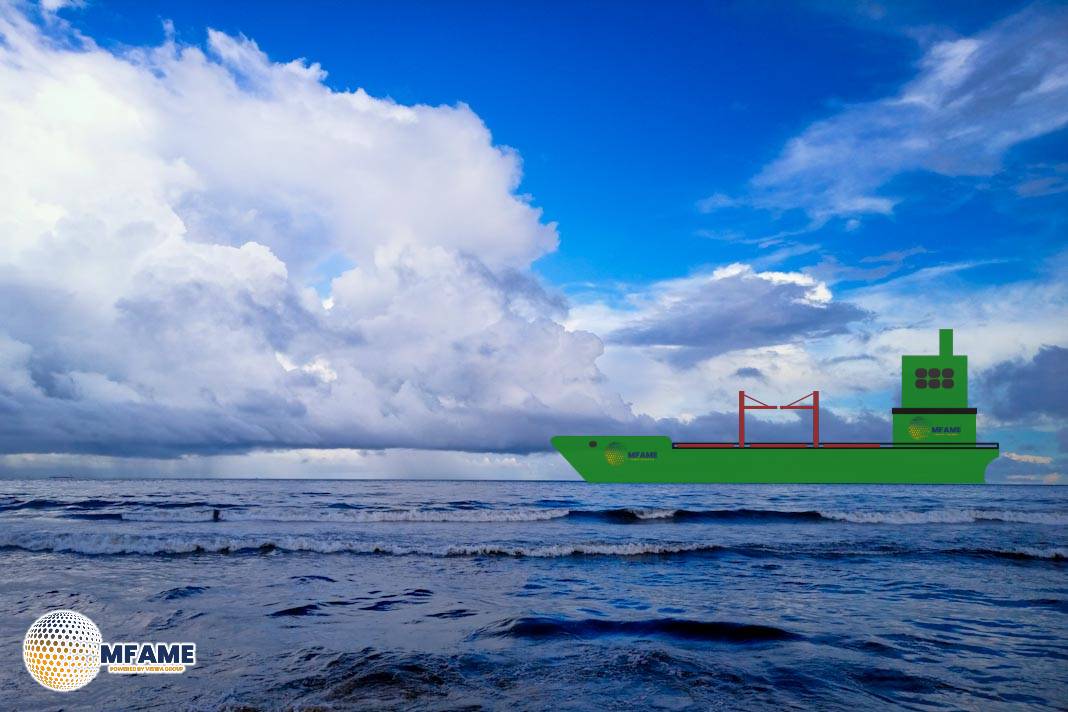- European Gasoline Flows Shift Toward West Africa Amid Market Realignment.
- West Africa Overtakes US as Key Destination for European Gasoline in 2025.
- Gasoline Trade Rerouted as West Africa Pulls Ahead of USAC.
European gasolines are going through an atypical seasonal transition in 2025 as market forces redirect trade flows off the US Atlantic Coast (USAC) and to West Africa (WAF). Historically, summer witness increased exports from Europe to the US on account of the summer driving season. That trend has been recently inverted, reports S&P Global.
West Africa Becomes a Primary Destination
As a result of changing dynamics in Nigeria’s refining industry as well as specifications changes, very large quantities of gasoline are increasingly flowing to Offshore Lome hub in West Africa. Numbers from S&P Global Commodities at Sea have more than 4 million metric tons of gasoline expected to deliver into WAF during the last 30-day period up until April 27, a position not reached since more than two years ago.
By contrast, flows into the USAC for the same period are estimated at 1.6 million metric tons, an 11-month high, but consistent with seasonal expectations.
Shifting Trade Environment and Market Prudence
Increased uncertainty regarding trade tariffs and shifting cost conditions has made the conventional arbitrage path to the US more difficult. While transatlantic flows are healthy, doubts over the economics of the trade have increased. According to information from the Intercontinental Exchange, the RBOB frontline gasoline and Eurobob front-month swap spread was $16.351/mt as of April 14, a margin dealers view as tight in current times.
“It may tighten freight rates … and I think the US doesn’t understand that you can’t be confident having oil on the water with the threat of some random tariff,” said one gasoline trader. These uncertainties, coupled with broader economic concerns, have contributed to a cautious outlook. “We expected NYMEX [RBOB] structure to strengthen a bit more decidedly now that the USAC transitioned to summer specs … [However] high uncertainty remains about demand growth in all areas due to the escalation of trade tensions — this is clearly a bearish driver we are following,” said Lenny Rodriguez, analyst at S&P Global Commodity Insights.
Arbitrage Opportunities Fuel WAF Exports
With West African imports remaining strong, traders are increasingly redirecting shipments to the region. Freight conditions and simplified logistics are part of the appeal. “The freight to WAF is easier because there is no threat of the issue with Chinese ships,” added the first source.
Shipping prices also indicate this trend. Platts valued Long Range clean tanker prices from UK Continent to WAF at a $5.10/mt premium over Medium Range clean UKC-USAC prices as of April 14, indicating more interest in WAF voyages. Although these prices are lower than those of 2024, the decline has made the WAF arbitrage more appealing. As of April 14, LR UKC-WAF voyages were valued at $24.57/mt, versus $34.40/mt for the same time last year.
Domestic Pricing Supports Imports in Nigeria
Strong domestic prices at Nigeria’s Dangote refinery have continued to support imports. Even as global gasoline prices fell sharply, local truck gantry prices have made only slight changes.
From April 1 through April 9, the Eurobob M1 swap decreased from $734.25/mt to $603/mt — a fall of 17.9%. Meanwhile, Dangote’s gantry truck price dropped only 1.7%, from Naira 880/litre to Naira 865/l, according to MEMAN retail organisation reports. Such pricing behaviour has resulted in higher demand for imported gasoline. On April 14, Platts valued Gasoline STS Lome at $656.75/mt, a premium of 14 cents/mt above Platts 10 ppm barges, despite a $6.61/mt day-over-day decline.
Did you subscribe to our daily Newsletter?
It’s Free Click here to Subscribe!
Source: S&P Global

















